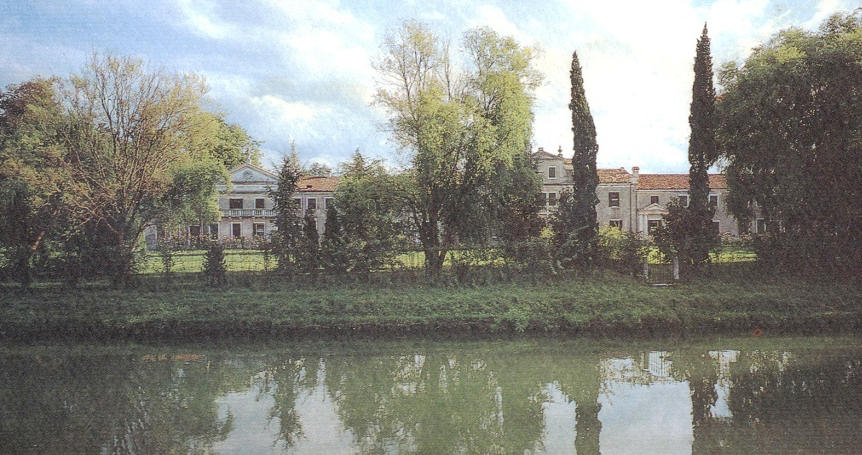In the history of Venice the Brenta Canal represented the main communication route linking the city with the mainland. For many centuries the control of its course was the cause of struggles with the city of Padua, which tried in vain to get a permanent access to the sea. At the beginning of the 15th century, after the peace treaty signed with Padua in 1405, the Serenissima Republic began to expand its rule over the mainland. The whole area along the Brenta River, from its mouth up to Padua, which would be known as the Brenta Riviera in the centuries to follow, underwent a deep urban, social and economical transformation thanks to impressive rec1amation works. At that time Venice, which was at the height of its sea power, gradually gave up the? trade with the East. It subsequently made huge investments on the nearby mainland, in favour of “land investments whose profit was gradually increasing” (A. Canova, Ville Venete, Treviso, 1984). As a result, in the second half of the 15th century, Venetian aristocratic families began to build country houses to coordinate farming activities.
At the beginning of the 16th century, under the influence of Venetian Renaissance, the country house developed and changed into the famous “Venetian villa”. This was the time when Venetian aristocrats were used to spending their holidays in the countryside, sailing up the placid course of the Brenta with the so called “burchielli”, luxurious boats looklng like real floating living rooms. In a few years river traffic became the main transport system, with boats of any type and dimensiono At the same time a land transport system on two or four wheels developed – carts and coaches travelled on the narrow roads along the river while strong horses drew big boats along the river banks. Sailing on the Brenta started from St. Mark’s Square, crossed the Venetian Lagoon up to the mouth of the Brenta River at Fusina and went on along the villages of the Riviera: Moranzani, Oriago, Mira, Dolo, Fiesso d’Artico, Stra and Noventa, up to the staircase of Portello in Padua.
However, with the passing of cime and the giving up of river sailing in favour of land trade, the Brenta River lost its prominence and any trade activity was given up. Sailing along the Brenta from Venice to Padua resumed in the second half of the last century, in an attempt to revive the ancient magie of “andar per ville” (visiting villas).
[ Elisabetta Vulcano, “La Riviera del Brenta” – Centro Studi Riviera del Brenta Editore – Mira (VE) ]

